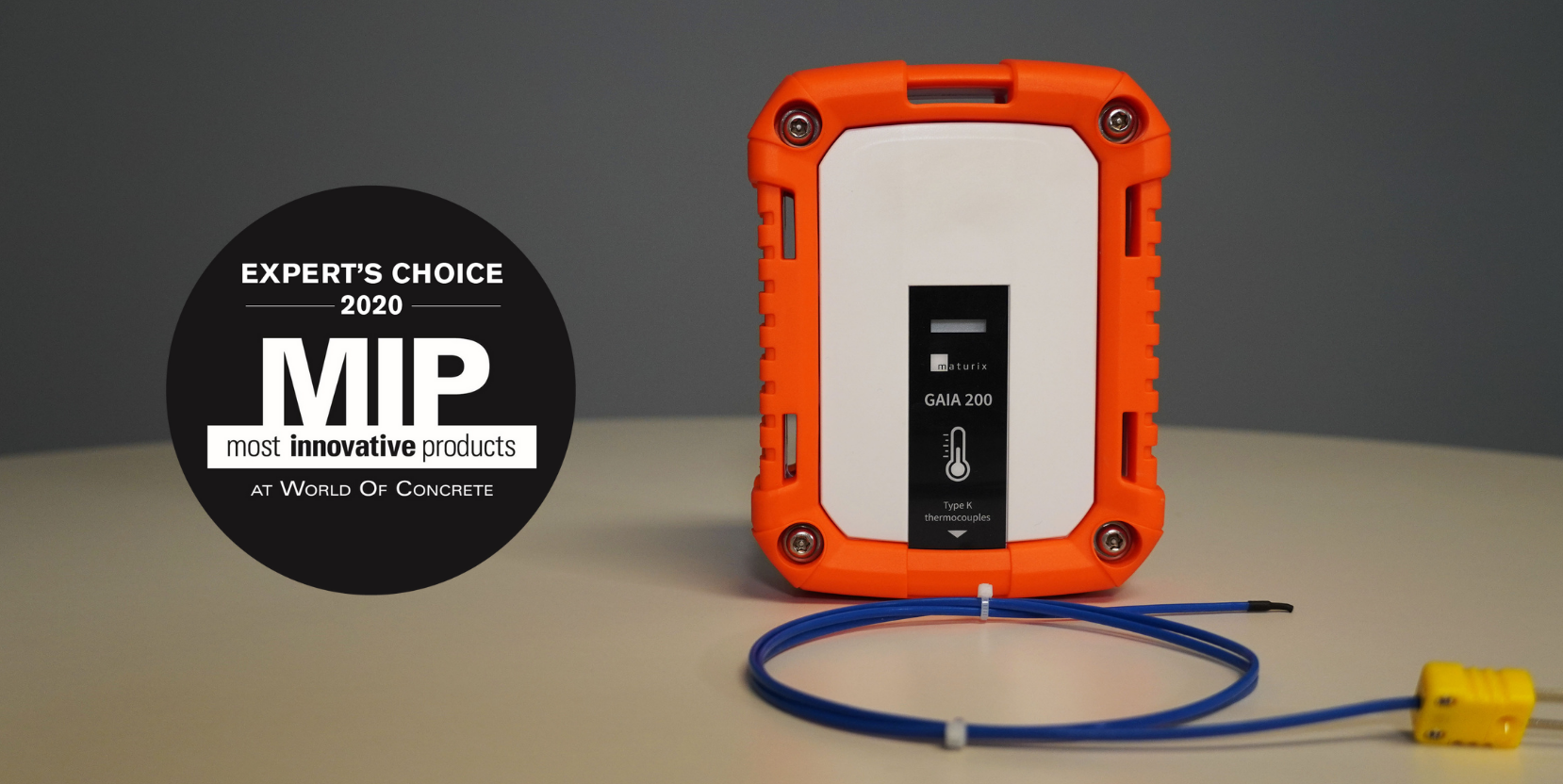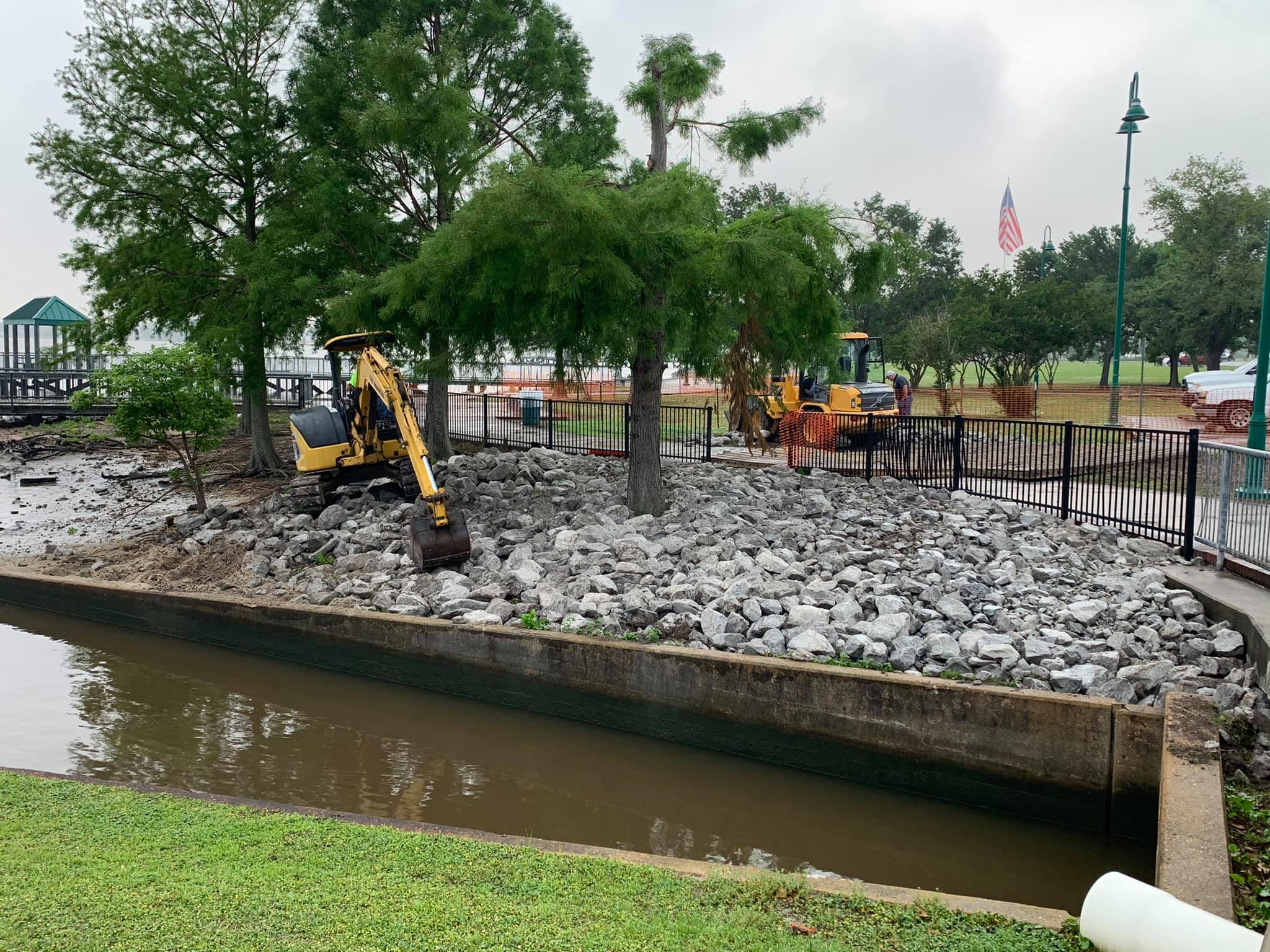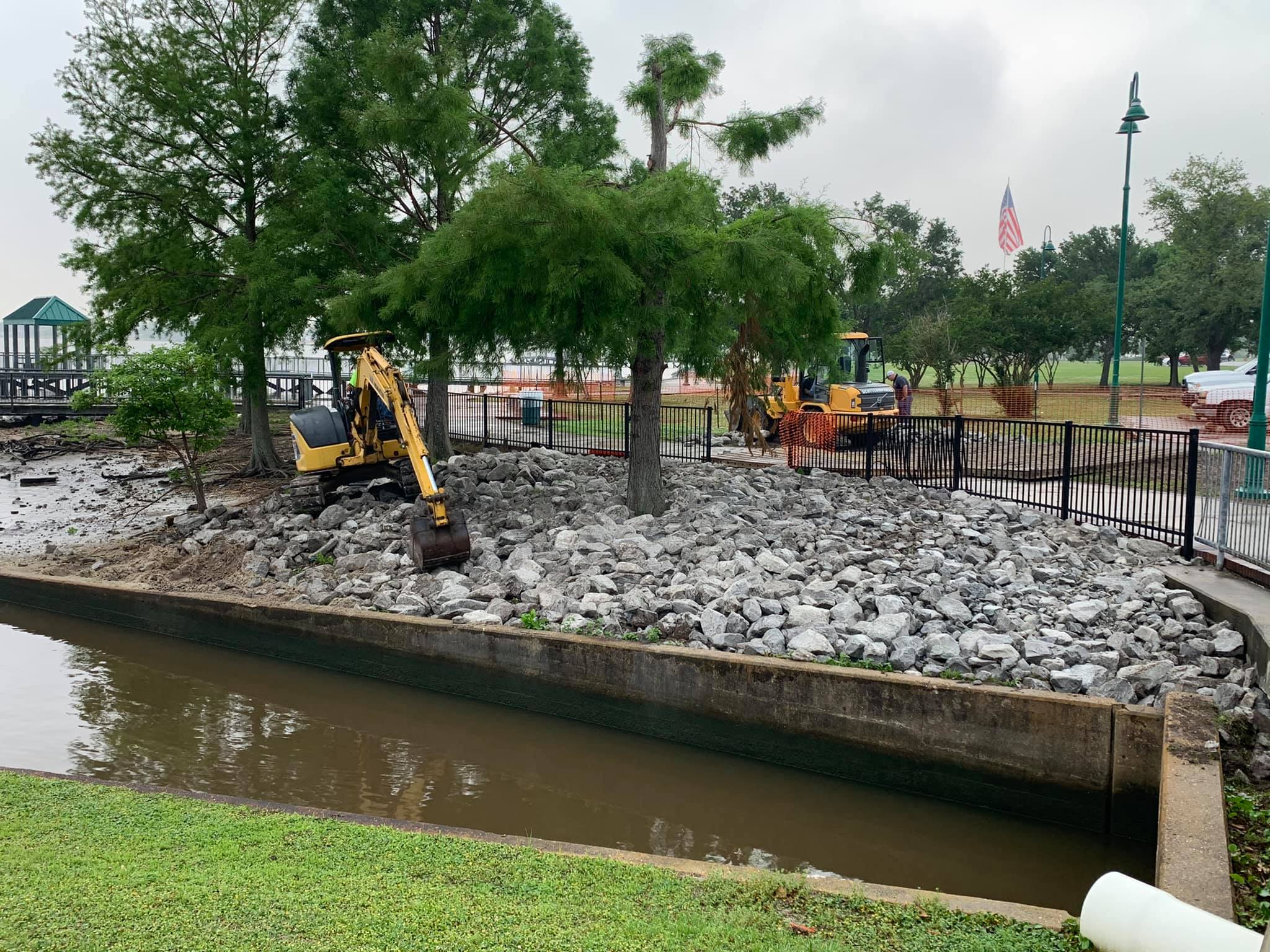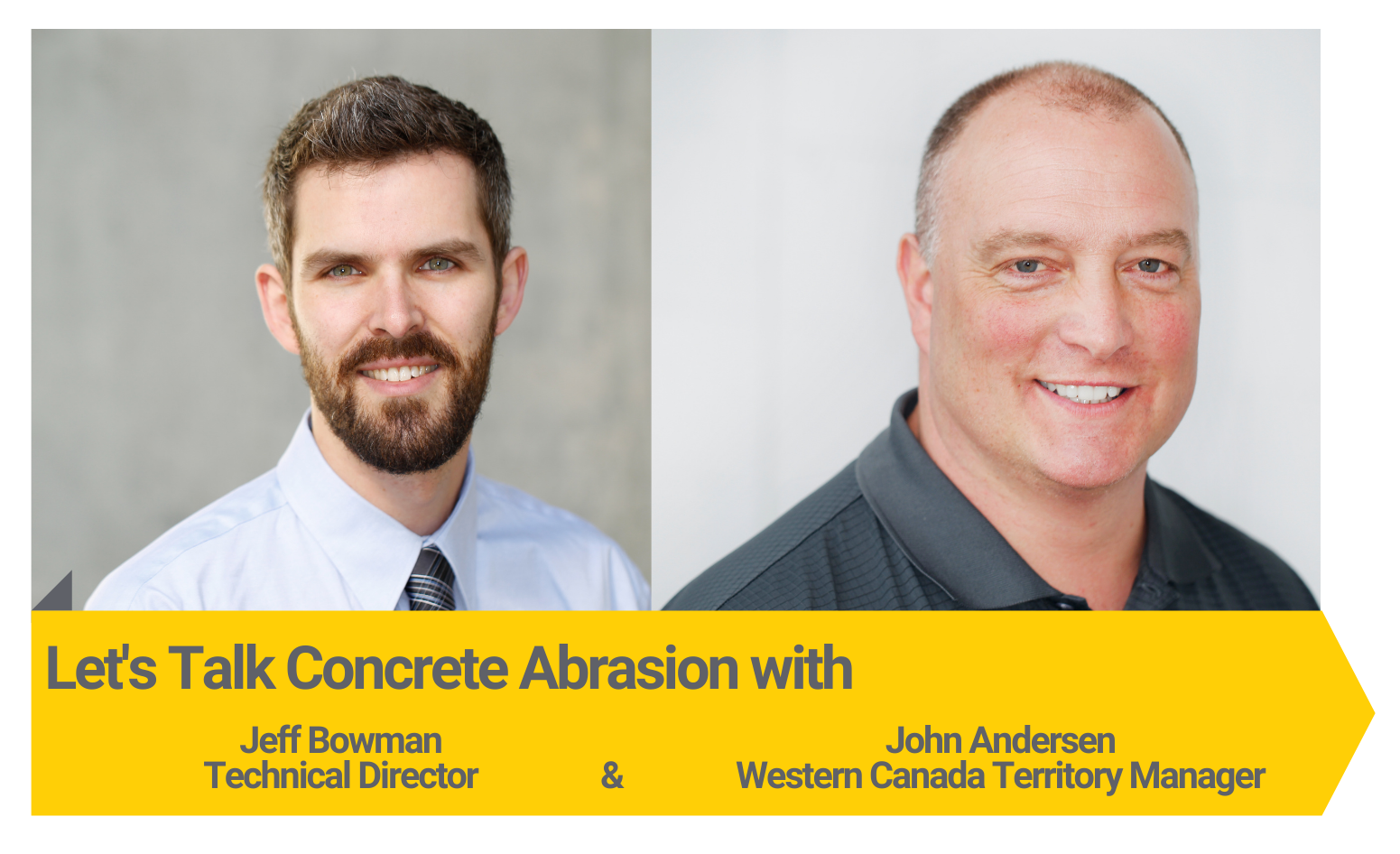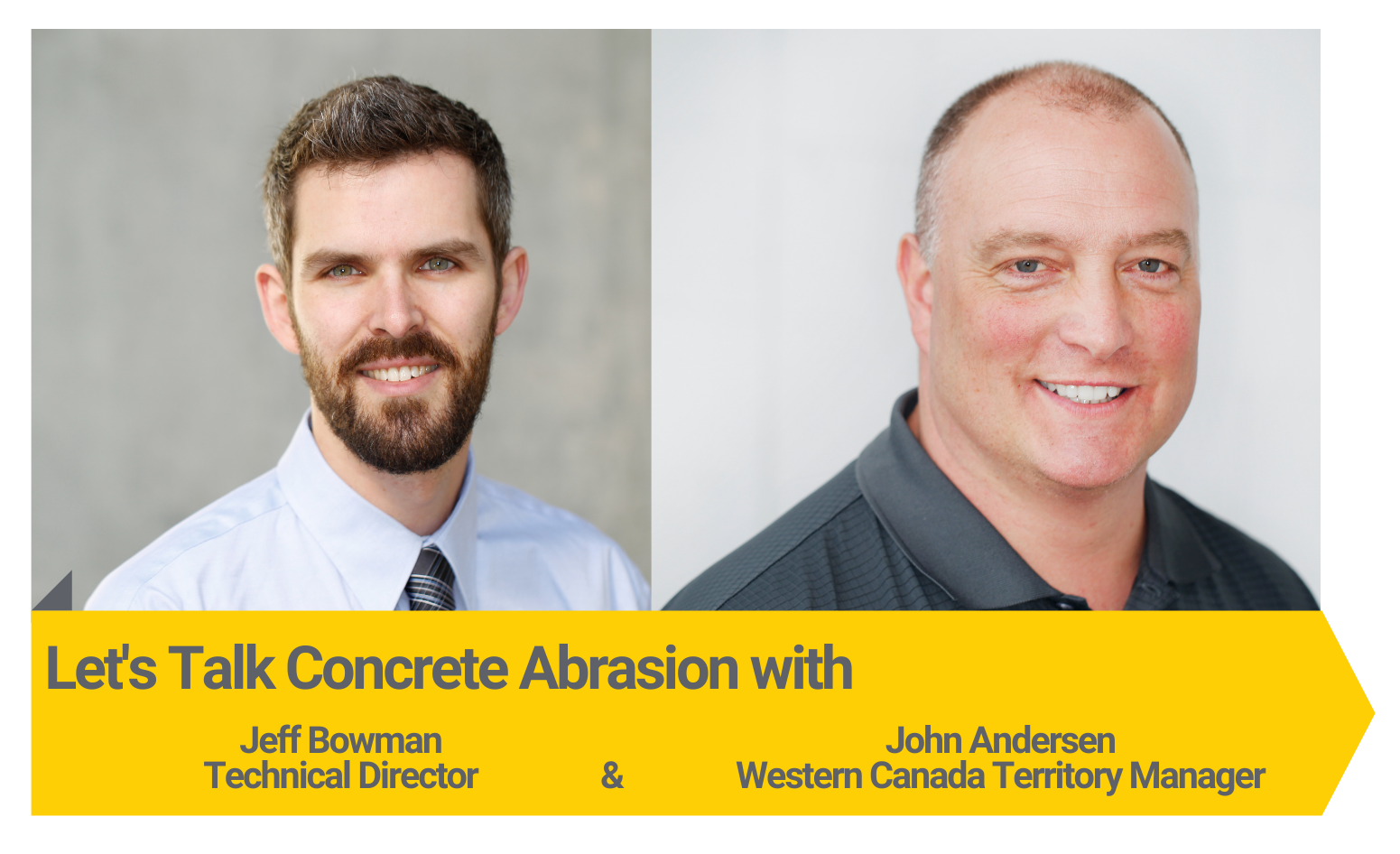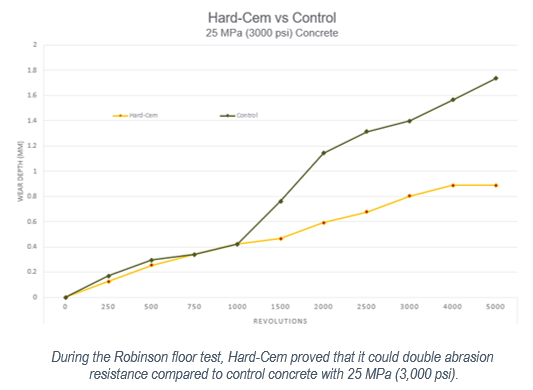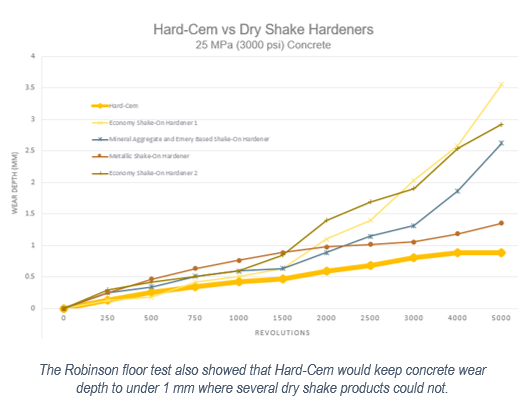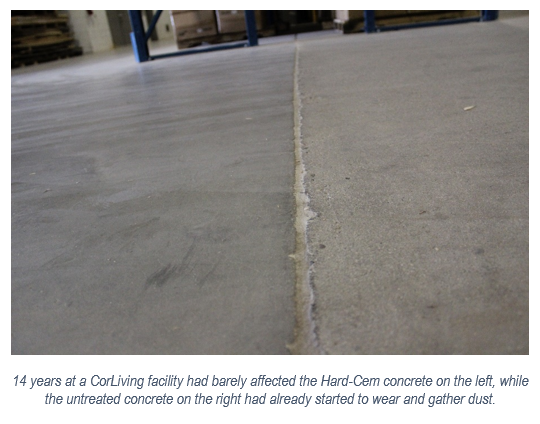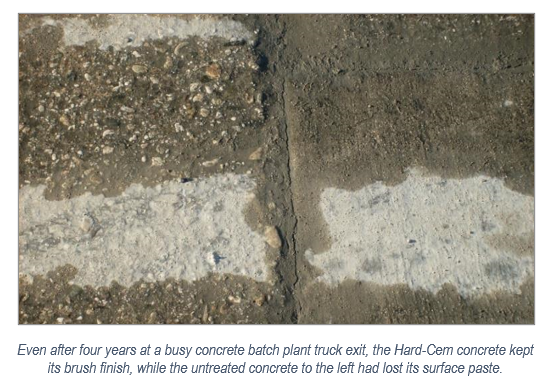Technology is always evolving. That hasn’t been any less true for the concrete monitoring field. Not long ago, contractors were relying solely on field-cured concrete cylinders to understand the compressive strength development of their concrete. It was a time-consuming process with room for error. After all, field-cured cylinders cure at a different rate than concrete placed en masse. And they need to be transported for testing off-site. But now, there are many concrete sensors available on the market to simplify this process and provide more accurate insight into concrete strength.
One in particular has drawn attention over the past year or so. That would be the Maturix Smart Concrete Sensors. These next-gen sensors are helping to lead the sensor market, drawing interest from all over, and we’re here to explain why that is and why you should join the excitement.
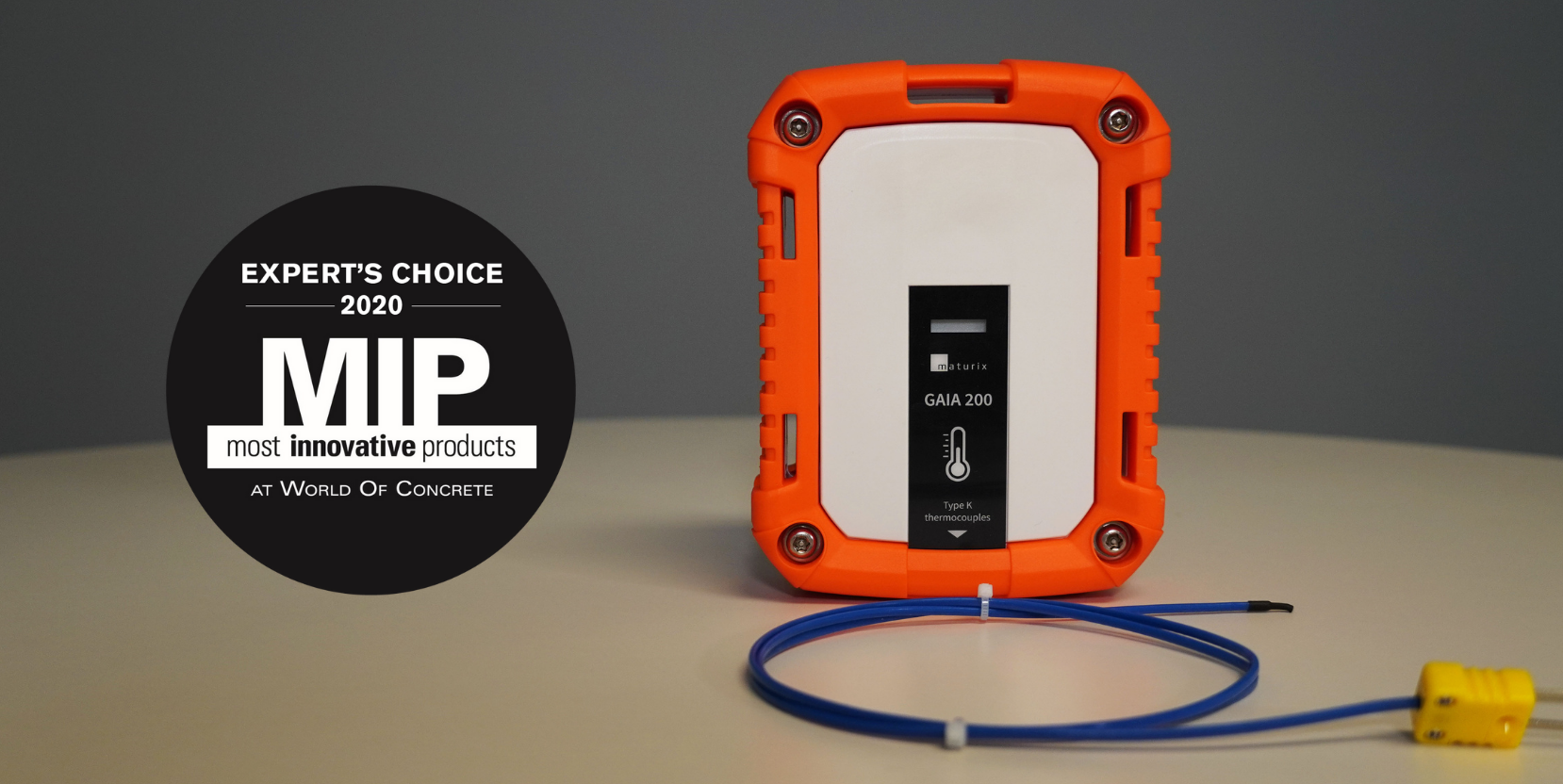
Maturix Sensors Offer Award-Winning Concrete Monitoring
These heavy-duty sensors transmit concrete temperature data directly to a cloud-based platform and calculate concrete strength from there on a regular basis each day. That process allows them to provide builders with real-time remote concrete monitoring.
Their setup is relatively simple too. It starts with our Maturix expert creating an online account for builders. So all builders need to do is log in when ready. From there, they attach a cost-effective thermocouple wire to rebar. That in turn gets plugged into Maturix’s transmitting sensor, which is located outside the concrete placement. Builders can then start or refine the monitoring start time remotely through any device that can access a web browser.
That way, contractors can eliminate the time, labor, and money required to physically go to the worksite to collect data on concrete placements. Instead, they can easily access their concrete data 24/7 through the Maturix platform. They can also receive online alerts through Maturix software. That lets them know exactly when their concrete’s temperature has exceeded critical thresholds or fallen out of spec and when their concrete’s compressive strength has been met. For concrete strength validation in particular, that can save up to three days per pour.
Due to Maturix’s ability to streamline concrete monitoring in such a cost-effective way, the sensors earned a Most Innovative Product Award in 2020. And it wasn’t long after that when they garnered additional attention. Soon, they starred in an article about the future of concrete sensor technology, already showing just how much of an impact these sensors made.
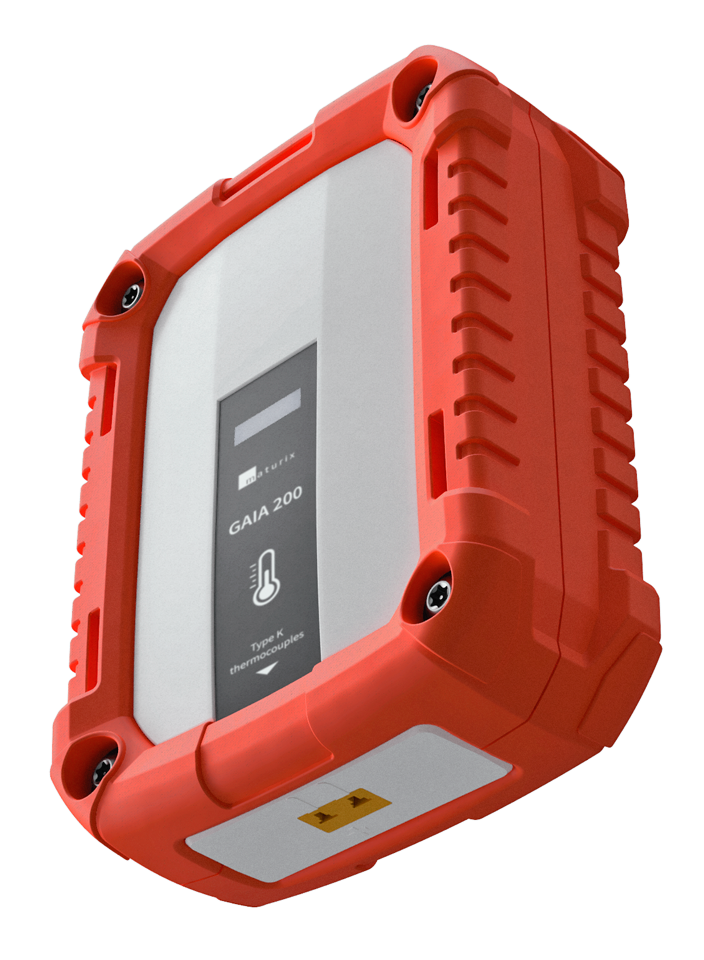
On Top of That, They Are Built to Last Long
To add to their award-winning appeal, the Maturix Sensors have been redesigned. They can now withstand the harshest construction and precast manufacturing environments.
Given a durable casing that increases their resistance to both water and dust, these sensors will last for more than the entirety of one project. And unlike other sensors, Maturix Sensors are not gone after a single use. Instead, the thermocouple wires attached to the sensors are disposable. That way, the sensors can be used for as many pours as a contractor likes. That makes them ideal for those who are looking for a streamlined cost-effective solution on monitoring concrete temperature, maturity, and strength.

Both These Features Help to Ease Worksite Information Sharing
With the ability to provide instant updates on concrete development and remain operational for many pours, Maturix Sensors make it easier to share information. There’s no concern about needing to replace them, after all. So contractors can instead focus on what’s important: the data surrounding their concrete’s development.
Because that data is received instantaneously, contractors can remain fully aware of any potential issues that might develop. Whether there’s a need to manage the mass concrete differential, cold weather, or hot weather, Maturix Sensors can ensure contractors know about it before it becomes a problem.
However, that doesn’t have to benefit just contractors. If other worksite team members need to know this information, a contractor only has to send that data in the form of a report with the press of a button through the Maturix cloud-based platform. That report will then be transmitted digitally to whoever needs it, expediting report work and worksite approvals in the process with very little effort required.
Contractors don’t have to worry about losing that report data either. The Maturix platform ensures that all data is logged and backed up, so contractors and their team have documentation associated with their project, which can help reduce liability.
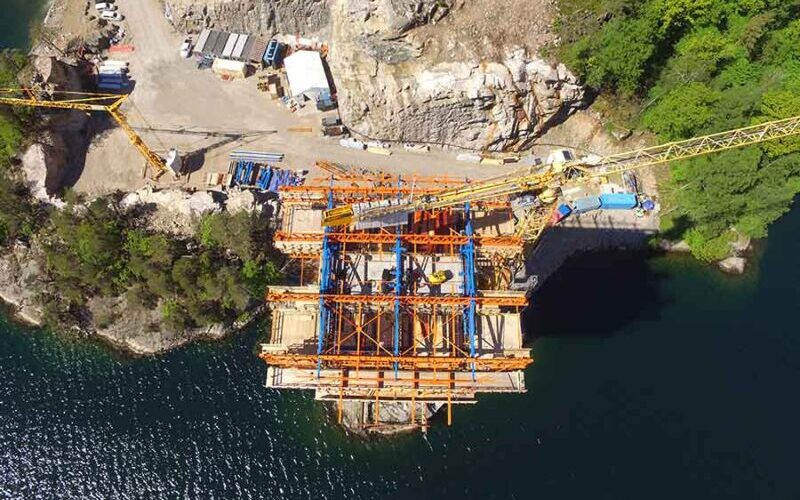
ll of Which Has Helped Create a Number of Success Stories
After hearing about Maturix and trying it out for themselves, many contractor companies were happy to report their own success stories with Maturix features.
They’ve Helped The Walsh Group Ltd. Streamline the Monitoring of Multiple Wall Placements
In an interview with our Maturix specialist, Kris Till, Tanner Santo, a superintendent for The Walsh Group Ltd., stated that there were “a lot of moving parts and challenging logistics” to constructing the Southeast Treatment Plant in San Francisco. The company had to determine how to monitor 300 to 400 wall placements. And they had to determine how to minimize any downtime while doing so.
Their original process for this would have been time-consuming and costly. They would need to take multiple concrete cylinder samples, which would add on to the cost of the work. And they would also need to wait for a testing lab to determine when the concrete had reached minimum strength. Without the testing lab’s go-ahead, they would have to wait to remove the formwork, prolonging the progress of their work.
To expedite this process, The Walsh Group Ltd. decided to add Maturix. That streamlined their monitoring significantly. Santo was able to receive notifications on his cell phone, letting him know when the concrete reached minimal strength. As a result, he and his team did not have to take additional concrete samples or wait for a go-ahead and could safely strip formwork, knowing just when the concrete had hit minimal strength.
nd They’ve Improved the Documentation and Quality Control Processes for Kruse Smith
Hoping to innovate technologically and improve their on-site performance, the Norwegian contractor Kruse Smith also chose to work with Maturix. They made this decision with their work on the E39 highway project in mind specifically.
One of their biggest concerns surrounding this work was dealing with the weather. They would be working in freezing temperatures with lots of ice and snow. So they had to protect their concrete from freezing before it cured.
For previous projects, they kept an eye on this concern with manual data loggers. They were digital, but they didn’t transmit data online. As a result, Kruse Smith had to send out workers to physically check their concrete placements individually to collect temperature data. Then, the workers would have to do analytical work based on the information they recorded to get any insight from that data.
With Maturix during their E39 project, however, they received that information instantaneously through an Internet-connected device, which came with generated graphs and analysis already there. So there was less work involved for faster, more accurate results.
In turn, that allowed them to focus more on better active documentation and quality control. They could bring that data up in meetings with team members and their client to discuss the progress of their work and what they could improve. It created a lot of transparency and trust. And it made it easier to spot any possible issues with temperature drops or a slower concrete curing process.

That Just Proves How Reliable and Cost-Effective Maturix Is in the Long Run
In just a short while, Maturix has won an award for its technology and has proven itself out in the field as a reliable tool for saving contractors time and money when they monitor concrete. From streamlining the monitoring of around 300 to 400 concrete wall placements for The Walsh Group Ltd. to enhancing Kruse Smith’s active documentation and quality control, Maturix Sensors show that it’s possible to simplify concrete monitoring and cut costs without losing the quality and accuracy contractors are looking for in a worksite.

The post Why Maturix® Is Leading the Concrete Sensor Market with Next-Gen Tech appeared first on Kryton.
